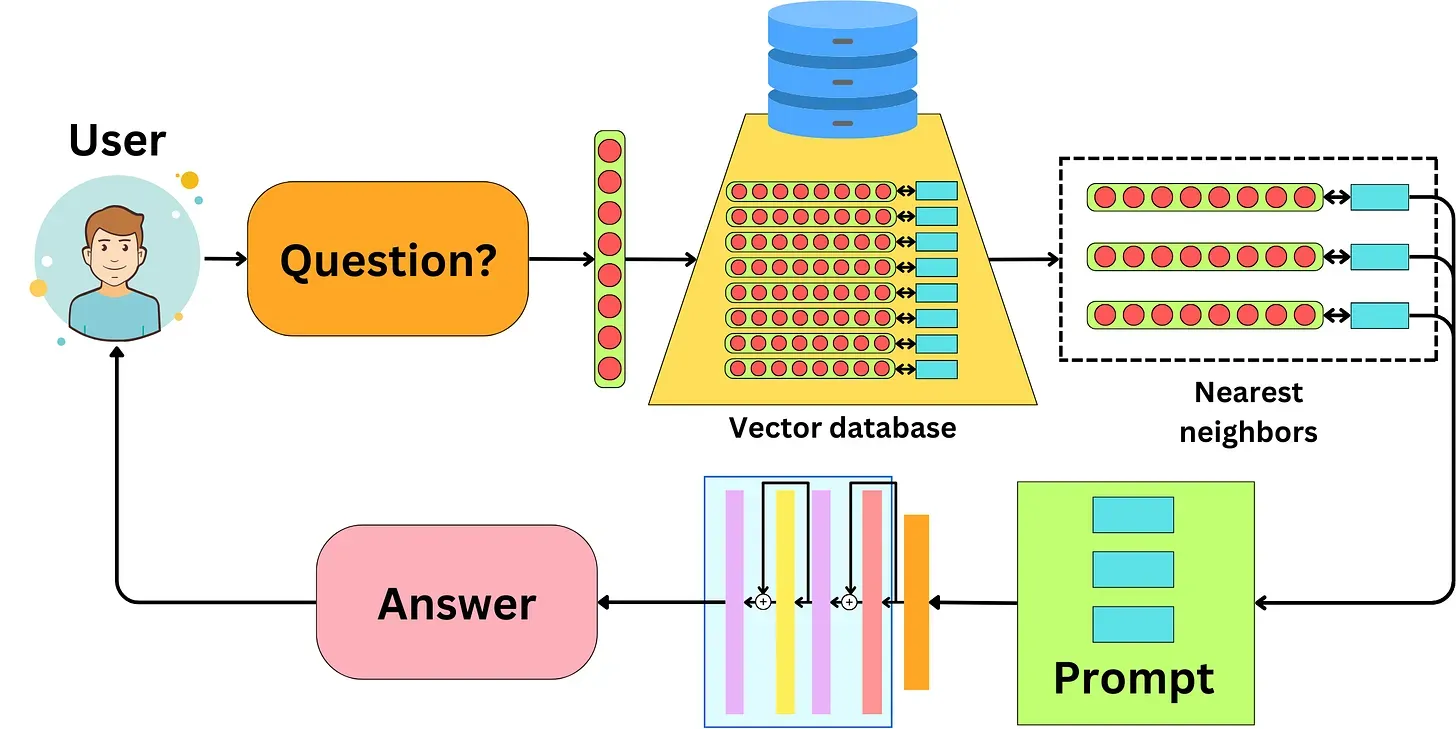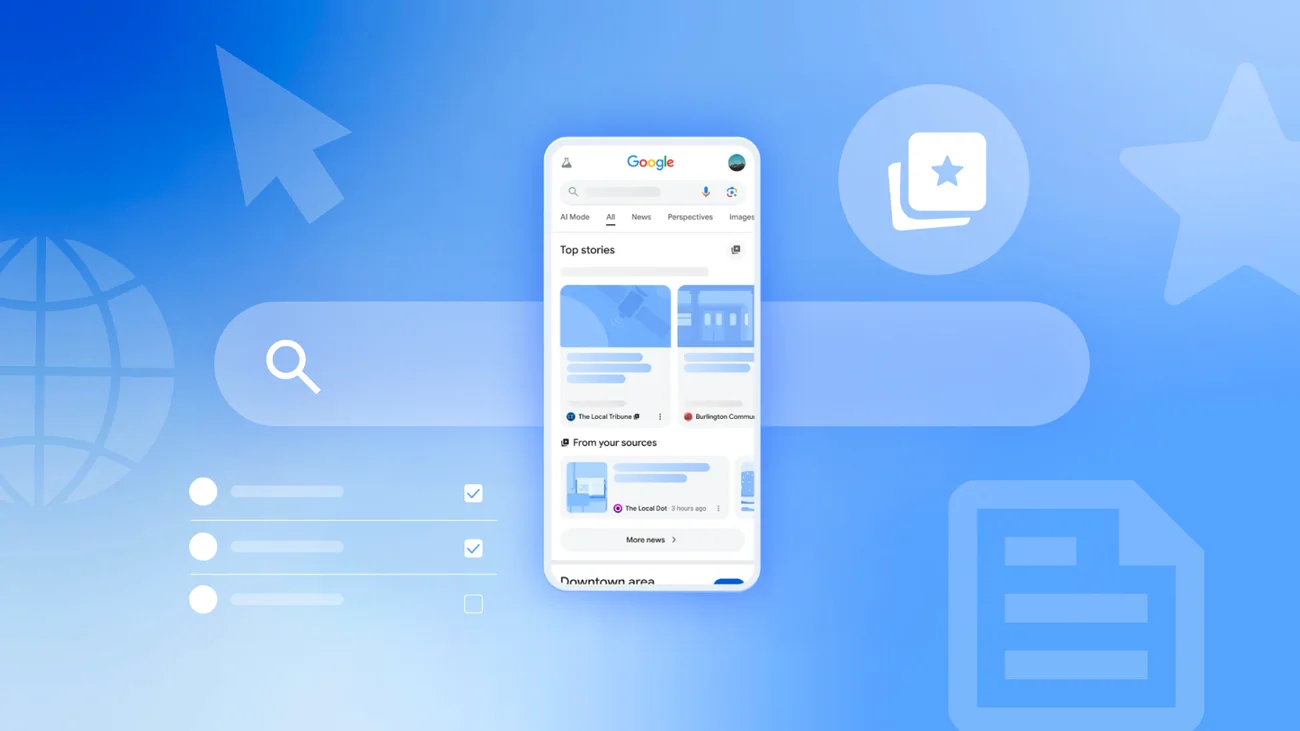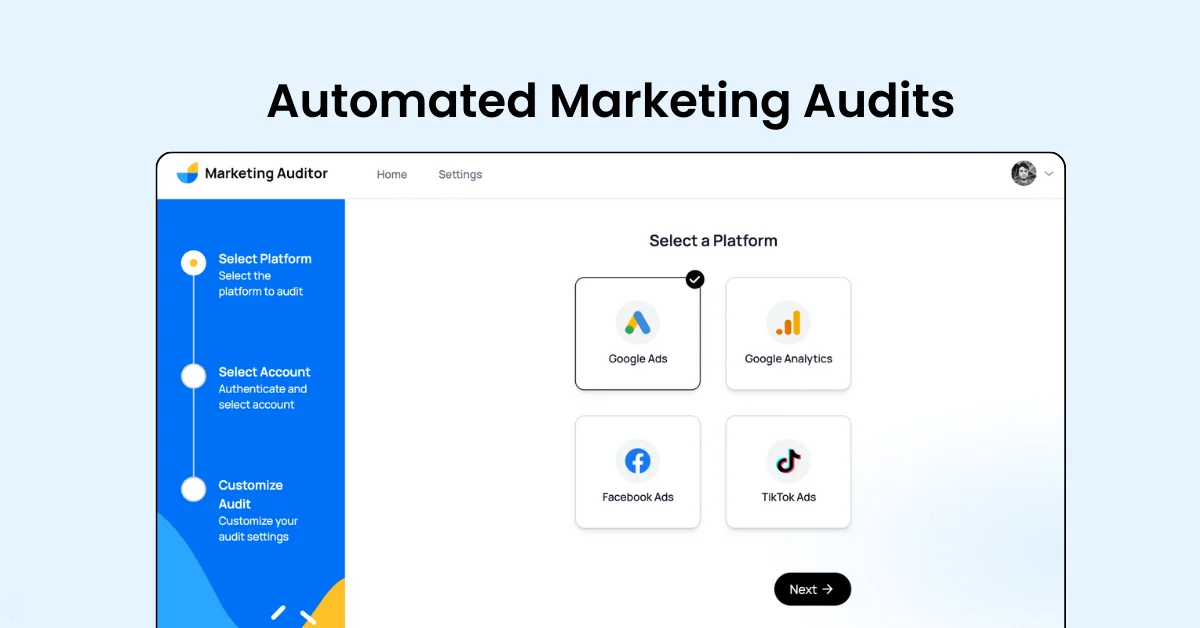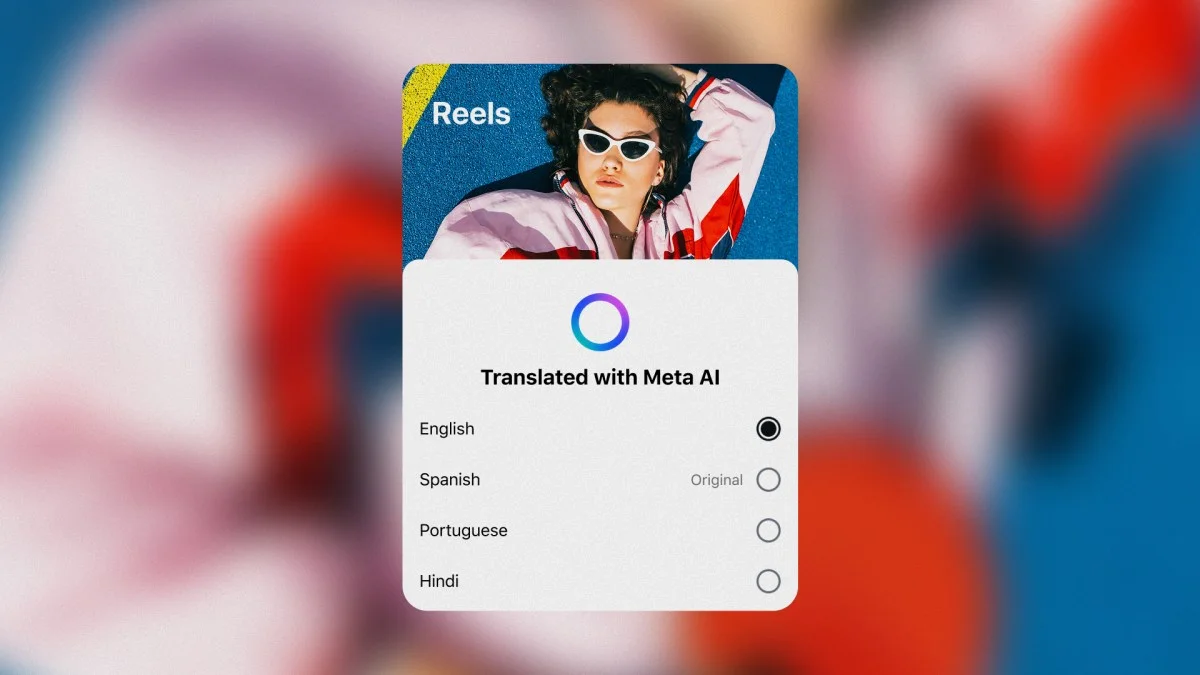Injecting first-party data into AI models can significantly enhance marketing outcomes by personalizing content and insights. This approach leverages retrieval augmented generation (RAG) pipelines to integrate proprietary data into generative AI models like GPT, Dall-E, and others.
Contextualization with First-Party Data
Generative AI models, while powerful, often lack brand-specific and up-to-date information. Marketers can achieve more accurate and customised outputs by providing context through first-party data, such as demographics and preferences. This process, known as few-shot prompting, enhances the relevance and effectiveness of AI-generated content.
RAG Pipelines
RAG pipelines are essential for managing and utilizing first-party data in AI models. These pipelines involve:
- Ingesting: Collecting data from various sources.
- Chunking: Breaking down large, unstructured data into smaller, manageable pieces.
- Embedding: Translating these pieces into a mathematical format that AI models can understand.
- Retrieving: Accessing the most relevant data for specific prompts.
Benefits for Marketers
Using RAG pipelines allows marketers to:
- Generate tailored content for specific audience segments.
- Utilize rich, unstructured data like social listening insights and customer reviews.
- Create a competitive advantage even for brands with traditionally limited data.
Conclusion
Integrating first-party data into AI models through RAG pipelines offers a significant opportunity for marketers to enhance personalization and effectiveness in their campaigns. The sooner companies adopt these practices, the better they can leverage AI for competitive advantage.













